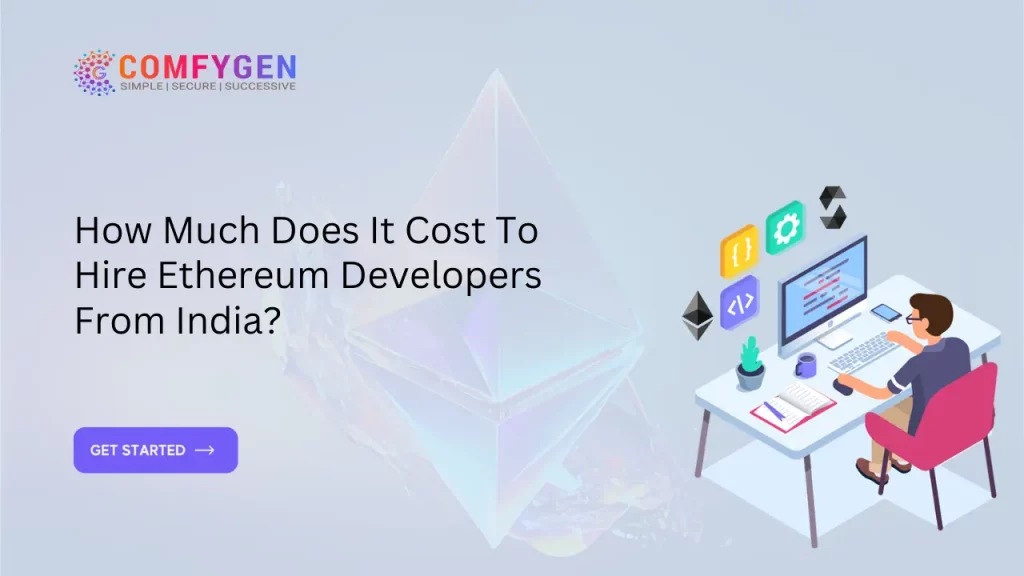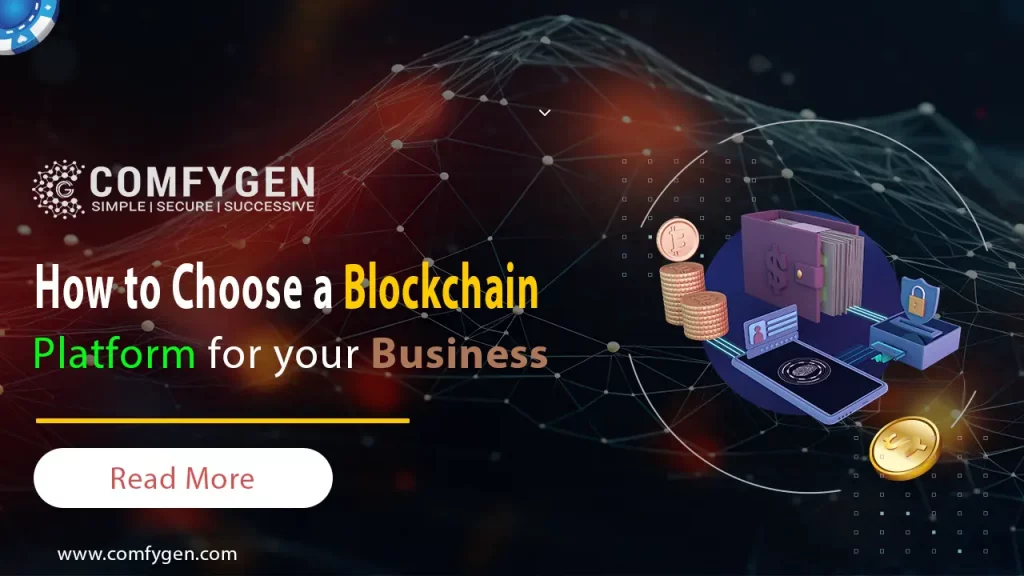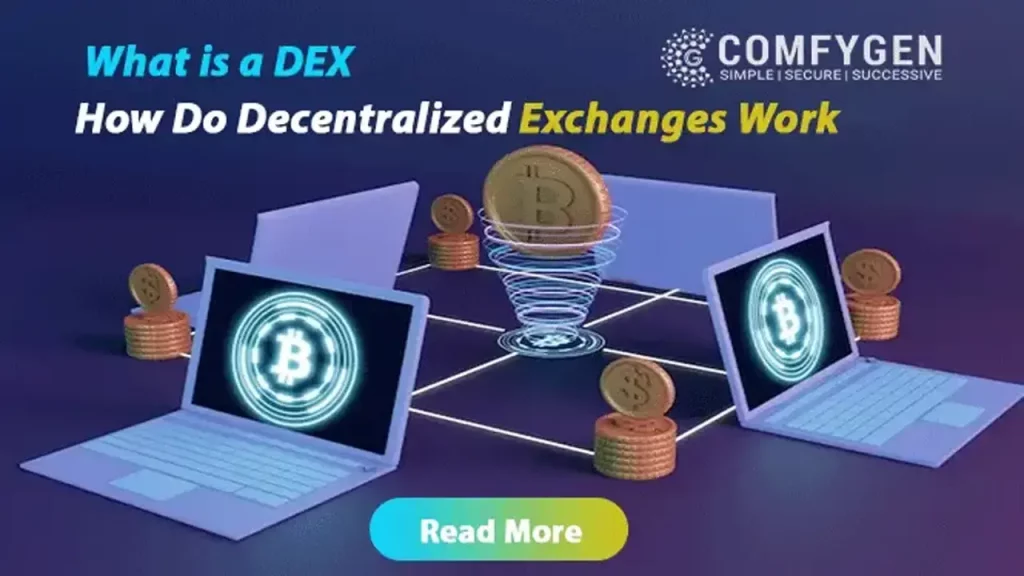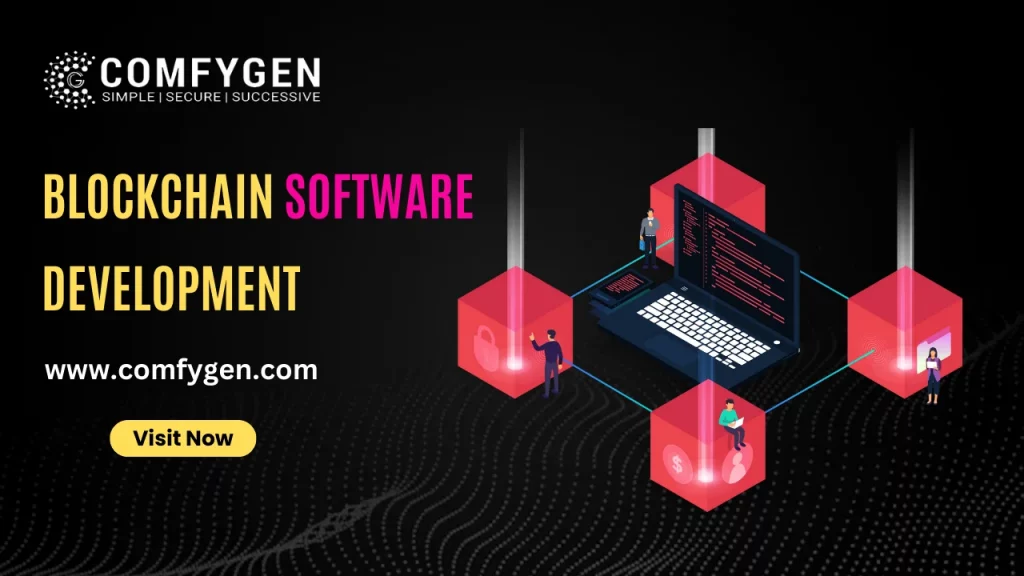
A Complete Guide to Blockchain Development covers the process of creating decentralized applications (DApps) using blockchain technology. It involves designing, coding, and deploying smart contracts, which are self-executing contracts with the terms of the agreement directly written into code. Blockchain platforms like Ethereum, Binance Smart Chain, and others provide the infrastructure for building DApps.
A Complete Guide to Blockchain Development emphasizes key components like consensus mechanisms, cryptography, and data storage to ensure security, transparency, and immutability. The Developer’s Guide to Blockchain Development how we choose between public, private, and consortium blockchains based on the project’s needs. They use programming languages like Solidity and tools like Truffle or Remix for smart contract development. Testing, debugging, and optimizing the code are crucial steps before deployment.
Interacting with DApps usually requires web interfaces, and developers use frameworks such as Web3.js to facilitate communication between the DApp and the blockchain. Continuous monitoring and updates are necessary to maintain DApp functionality and security. The guide equips The Developer’s Guide to Blockchain Development with the knowledge and tools needed to navigate the intricate landscape of A Complete Guide to Blockchain Development.
Introduction to Blockchain Technology
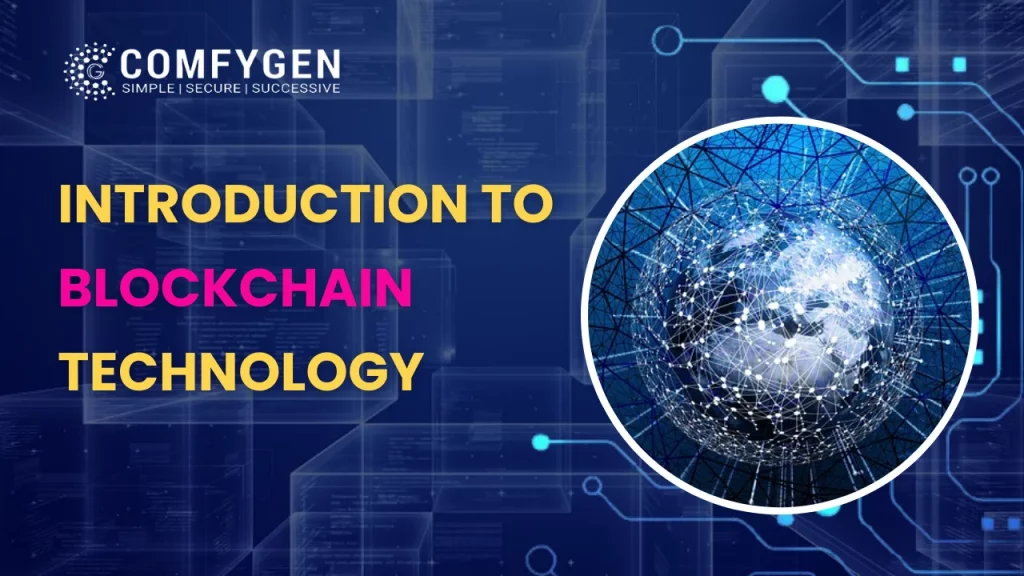
Blockchain technology has emerged as a revolutionary concept with the potential to reshape various industries by providing a secure, transparent, and Decentralized Exchange way of recording and transferring data. In this article, we will delve into the fundamental aspects of blockchain technology, including its definition, historical evolution, key characteristics, benefits, and prominent use cases.
Definition and Concept of Blockchain:
Blockchain is a distributed and immutable digital ledger that records transactions across a network of computers in a secure and transparent manner. The term “blockchain” is derived from its structure, where transactions are grouped into blocks that are sequentially linked, forming a chain. Each block contains a cryptographic hash of the previous block, ensuring data integrity and making it nearly impossible to alter past transactions.
The blockchain concept introduces the idea of decentralization, where no single entity has control over the entire network. This feature eliminates the need for intermediaries, such as banks or payment processors, to validate and record transactions. Instead, transactions are verified by consensus mechanisms that involve network participants, making a complete guide to blockchain development process more democratic and secure.
Brief History of Blockchain Technology:
The history of blockchain technology dates back to the 2008 release of Bitcoin by an anonymous individual or group using the pseudonym Satoshi Nakamoto. Bitcoin, often referred to as the first cryptocurrency, utilized blockchain technology as its underlying framework to enable peer-to-peer transactions without the need for a central authority.
Following the introduction of Bitcoin, the potential of blockchain technology was quickly recognized beyond cryptocurrencies. These self-executing contracts enabled developers to create decentralized applications (dApps) with programmable functionalities beyond simple transactions.
Since then, various blockchain platforms and frameworks have emerged, each catering to specific use cases and industries. These platforms include Hyperledger for enterprise applications, Ripple for financial services, and Binance Smart Chain for decentralized finance (DeFi) applications.
Key Characteristics of Blockchain:
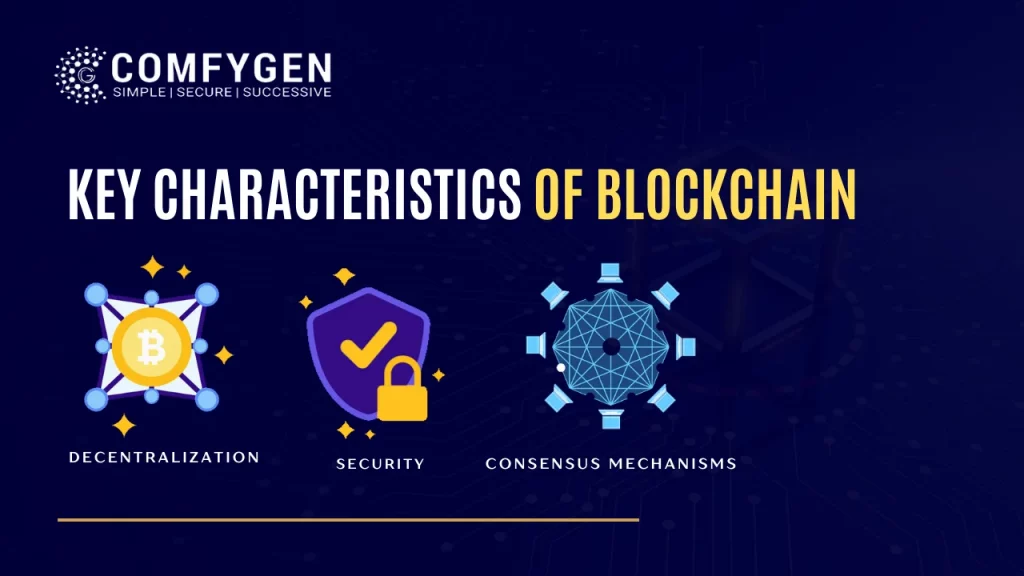
Several key characteristics distinguish blockchain technology:
- Decentralization: Blockchain operates on a distributed network of nodes, ensuring that no single entity has complete control. This decentralization enhances security and eliminates single points of failure.
- Security: Cryptography and consensus mechanisms ensure the security of transactions and data. The decentralized nature of blockchain also makes it resistant to attacks.
- Consensus Mechanisms: Blockchain networks use consensus mechanisms like Proof of Work (PoW) or Proof of Stake (PoS) to validate transactions and achieve agreement on the state of the ledger.
Benefits and Use Cases of Blockchain:
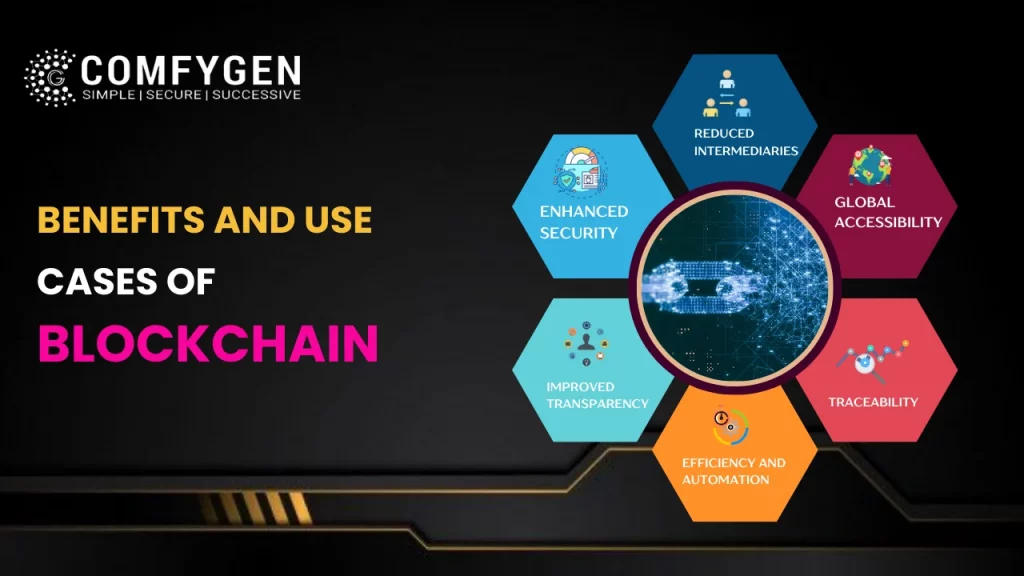
Blockchain technology offers a multitude of benefits that have led to its adoption in various industries. Some key advantages include:
- Enhanced Security: The cryptographic nature of blockchain ensures that data is secure, tamper-resistant, and protected from unauthorized access.
- Reduced Intermediaries: Blockchain eliminates the need for intermediaries, streamlining processes and reducing costs associated with traditional intermediaries.
- Improved Transparency: Transparent and auditable transactions promote trust and accountability in various sectors, such as supply chain management and financial services.
- Efficiency and Automation: Smart contracts enable automated execution of predefined conditions, reducing manual intervention and increasing efficiency.
- Global Accessibility: Blockchain operates on a decentralized network accessible from anywhere, making it particularly useful for cross-border transactions.
- Traceability: Blockchain enables the tracking of assets, goods, and transactions throughout their lifecycle, enhancing accountability and preventing fraud.
Get free Blockchain Development Demo
Prominent use Cases of Blockchain Technology Include:
- Cryptocurrencies: The creation of Bitcoin marked the first use case of blockchain technology, enabling decentralized digital currencies.
- Supply Chain Management: Blockchain improves transparency and traceability in supply chains, reducing counterfeiting and ensuring product authenticity.
- Financial Services: Blockchain simplifies cross-border payments, enhances remittance services, and enables faster settlements.
- Healthcare: Patient data management and interoperability can be improved through secure and consent-based sharing on a blockchain.
- Voting Systems: Blockchain can provide secure and transparent voting systems, reducing electoral fraud and increasing public trust.
- Real Estate: Blockchain can streamline property transactions, reducing paperwork and enabling efficient title transfers.
Relatable Blog: How to Choose the Right Altcoin Development Company?
Fundamentals of Blockchain Software Development
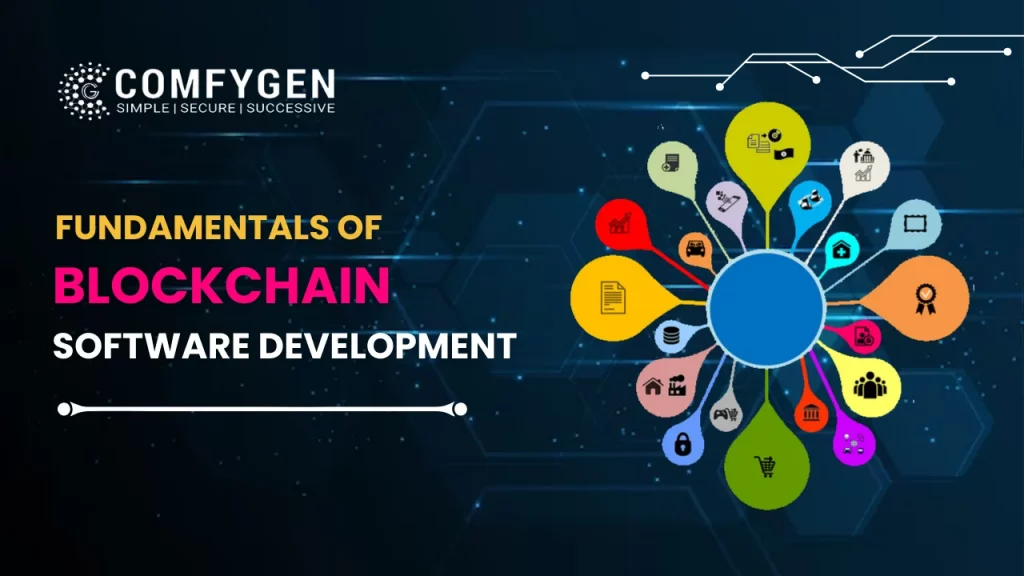
Blockchain software development is a dynamic field that requires a deep understanding of various core concepts and components. In this article, we will explore the fundamental aspects of blockchain software development, including blockchain architecture and components, consensus mechanisms, cryptography, and the role of smart contracts and blockchain platforms.
Blockchain Architecture and Components:
Blockchain architecture is the foundational structure that defines how a blockchain network operates. A blockchain consists of various components that work together to ensure the security, transparency, and immutability of the data stored on the network. The key components include:
- Nodes: Nodes are individual participants in the network that maintain a copy of the blockchain’s distributed ledger. There are different types of nodes, such as full nodes that store the entire history of the blockchain, and lightweight nodes that only store a subset of data.
- Blocks: Blocks are containers that hold a batch of transactions. Each block includes a reference to the previous block through its cryptographic hash, creating a chain of blocks, hence the term “blockchain.”
- Transactions: Transactions are the records of data changes that are added to the blockchain. These can represent various actions, such as transferring cryptocurrency, executing smart contracts, or recording ownership changes.
- Merkle Trees: Merkle trees are data structures used to efficiently verify the integrity of data within a block. They enable quick validation of whether a particular transaction is included in a block without needing to A Complete Guide to Blockchain Development Process the entire block.
- Genesis Block: The first block in a blockchain network is called the Genesis block. It serves as the foundation of the chain and is usually hard-coded into the blockchain’s source code.
Blockchain Consensus Mechanisms:
Consensus mechanisms are protocols that enable network participants to agree on the state of the blockchain. They ensure that transactions are valid and prevent double-spending of digital assets. Different consensus mechanisms have emerged to cater to various requirements. Some notable mechanisms include:
- Proof of Work (PoW): In PoW, participants (miners) solve complex mathematical puzzles to validate transactions and add blocks to the chain. This process requires significant computational power and is energy-intensive.
- Proof of Stake (PoS): PoS relies on validators who lock up a certain amount of cryptocurrency as a “stake” to participate in block validation. Validators are chosen based on their stake and other factors, reducing energy consumption compared to PoW.
- Delegated Proof of Stake (DPoS): DPoS introduces a reputation-based system where stakeholders vote to elect a set of delegates who validate transactions on their behalf.
- Proof of Authority (PoA): PoA relies on approved validators who are identified and authenticated. It is commonly used in private or consortium blockchains where trust among participants is established.
Cryptography in Blockchain:
Cryptography plays a vital role in ensuring the security and privacy of blockchain networks. Various cryptographic techniques are used to achieve different objectives:
- Public Key Cryptography: Public-private key pairs are used to create secure digital identities, enabling participants to sign transactions and verify the authenticity of data.
- Hash Functions: Cryptographic hash functions convert input data into fixed-size hash values. These hashes are used to link blocks in the blockchain and ensure data integrity.
- Merkle Trees: Merkle trees use hash functions to efficiently verify the contents of large data sets, reducing the need to transmit or store all the data.
Smart Contracts and Blockchain Platforms:
Smart contracts are self-executing programs that automatically execute predefined actions when certain conditions are met. They are a cornerstone of many blockchain applications, enabling automation and trustless execution of agreements. Smart contracts are written using specific programming languages associated with the chosen blockchain platform:
- Ethereum Smart Contracts: Ethereum introduced the concept of smart contracts and uses the Solidity programming language. These contracts power decentralized applications and automated processes on the Ethereum blockchain.
- Hyperledger Chaincode: Hyperledger Fabric uses chaincode (also known as smart contracts) written in languages like Go or JavaScript. It is particularly popular for enterprise blockchain solutions.
- Binance Smart Chain Contracts: Binance Smart Chain supports smart contracts written in Solidity, making it compatible with the Ethereum ecosystem.
Read More: Ethereum Development for Unlocking the Potential of Blockchain
Development Languages and Tools for Blockchain
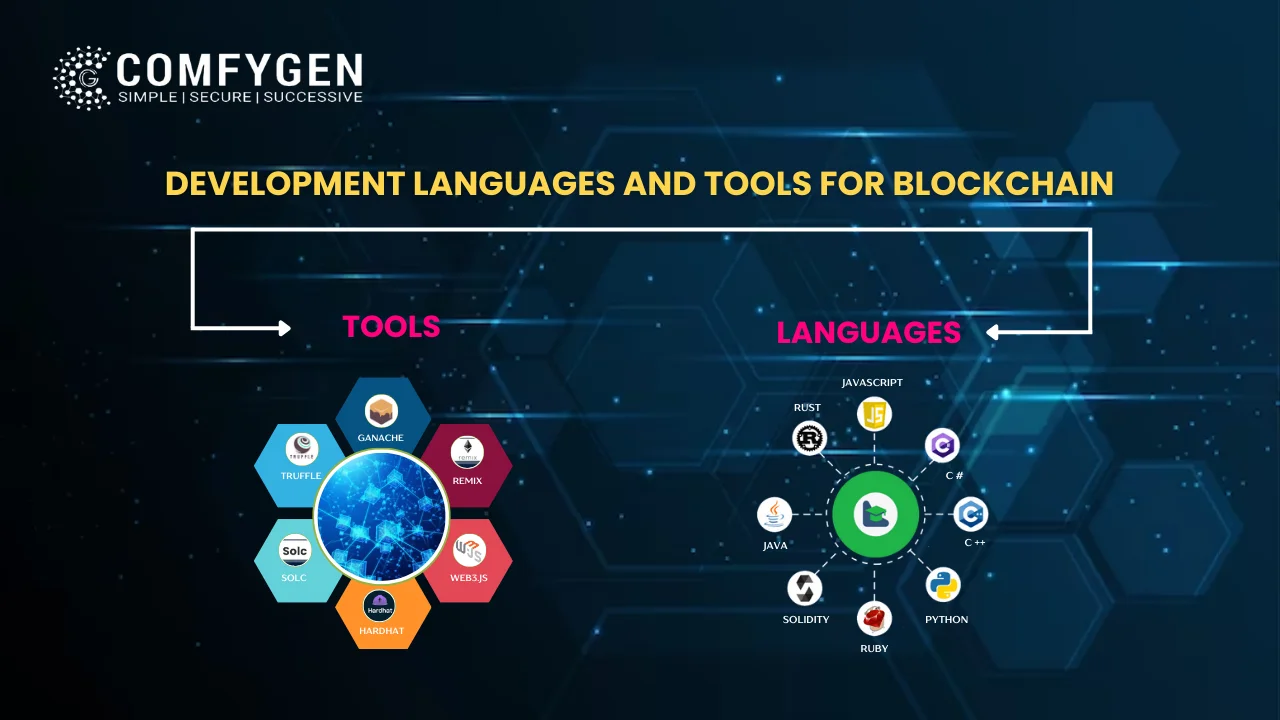
Blockchain development company requires specialized languages and tools to create and interact with blockchain networks, smart contracts, and decentralized applications (dApps). In this article, we will explore some of the key languages and tools used in blockchain development, including Solidity, Web3.js, Truffle, Remix IDE, and blockchain development frameworks.
Solidity:
Solidity is a high-level blockchain programming language specifically designed for writing smart contracts on the Ethereum platform. It draws inspiration from languages like JavaScript, Python, and C++, making it accessible to developers with various programming backgrounds. Solidity facilitates the creation of complex smart contracts with functionalities ranging from simple transactions to intricate decentralized applications.
Developers use Solidity to define the logic of their smart contracts, specifying conditions, actions, and interactions. The language supports object-oriented programming concepts like inheritance, interfaces, and libraries, making it possible to create modular and reusable code. Solidity also includes built-in security features, such as input validation and protection against common vulnerabilities like trenchancy attacks.
Web3.js:
Web3.js is a JavaScript library that acts as an interface for interacting with Ethereum-based applications and smart contracts. It enables developers to communicate with the Ethereum blockchain using JavaScript code. Web3.js simplifies tasks such as sending transactions, querying data from the blockchain, and interacting with smart contracts.
With Web3.js, developers can create user-friendly front-ends for dApps, allowing users to interact with blockchain functionality through their web browsers. The library abstracts many of the complexities of interacting with the blockchain, providing a more developer-friendly experience.
Truffle:
Truffle is a popular development framework that streamlines the process of building, testing, and deploying smart contracts on Ethereum-based blockchains. It provides a suite of tools that help developers manage the development lifecycle of their projects.
Truffle’s features include:
- Project Management: Truffle assists in project organization, ensuring that smart contracts, migrations, and tests are structured effectively.
- Smart Contract Compilation: The framework compiles Solidity contracts into bytecode that can be deployed on the blockchain.
- Automated Testing: Truffle offers testing utilities that enable developers to write comprehensive unit and integration tests for their smart contracts.
- Deployment Management: Truffle simplifies the process of deploying smart contracts to different Ethereum networks.
- Console Interactions: Truffle’s built-in console allows developers to interact with the blockchain and deploy contracts directly from the command line.
Remix IDE:
Remix IDE is a browser-based integrated development environment specifically designed for creating, testing, and deploying smart contracts on the Ethereum blockchain. It provides a user-friendly interface that enables developers to write Solidity code, compile contracts, and deploy them without the need for extensive local setup.
Remix IDE’s features include:
- Code Editing: Remix offers a code editor with syntax highlighting and autocompletion for Solidity code.
- Integrated Compiler: Developers can compile their contracts directly within the IDE, ensuring that the code is error-free and ready for deployment.
- Built-in Debugger: Remix provides a debugger to help identify and resolve issues in smart contracts.
- Contract Deployment: Users can deploy their contracts to different Ethereum networks directly from the IDE.
- Plugin Support: Remix supports plugins that enhance its functionality and provide additional tools for developers.
Blockchain Development Frameworks:
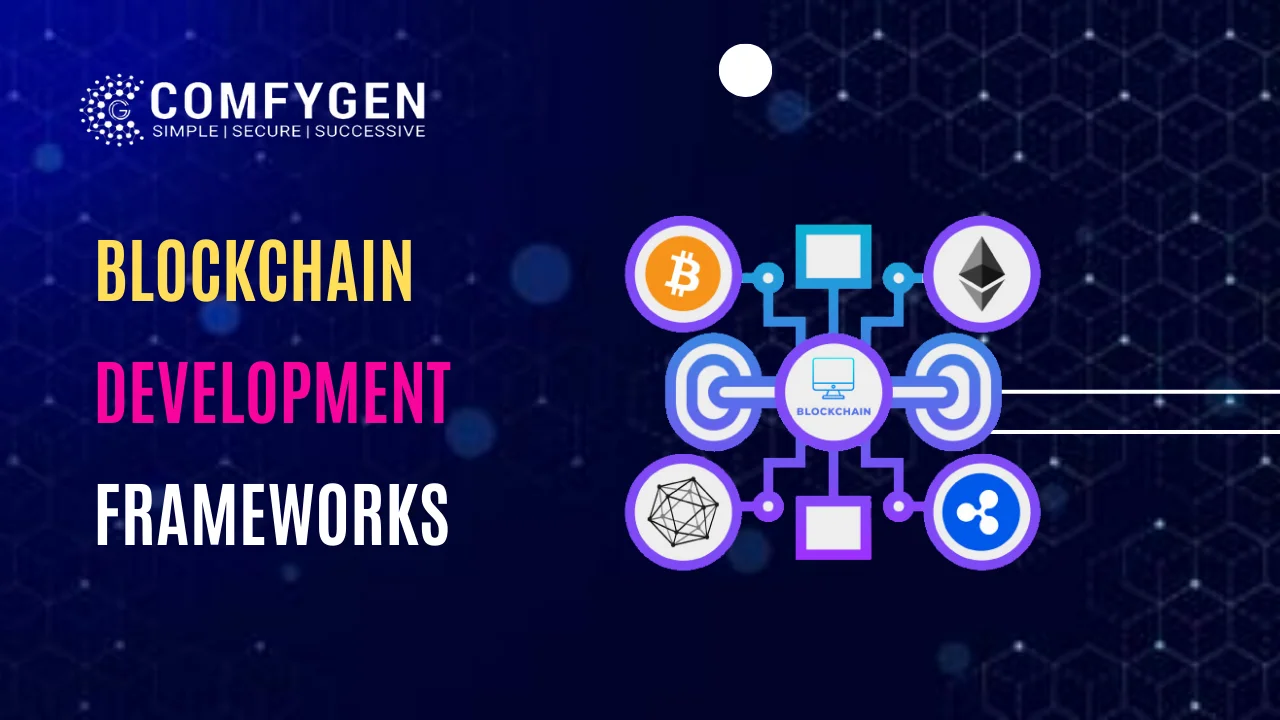
Blockchain development frameworks are comprehensive platforms that offer a suite of tools, libraries, and resources to simplify the process of building blockchain applications (Get in Touch). Some notable blockchain development frameworks include:
- Hyperledger Fabric: Hyperledger Fabric is an open-source framework that focuses on creating permissioned, enterprise-grade blockchain networks. It offers flexibility in terms of consensus mechanisms, privacy features, and modular architecture.
- Ethereum Development Suite: Ethereum provides various tools and frameworks, including Truffle and Remix IDE, to streamline Ethereum-based development.
- Binance Smart Chain Development Kit: Binance Smart Chain offers a development kit for building dApps and smart contracts within its ecosystem.
Building Blocks of a Blockchain Application
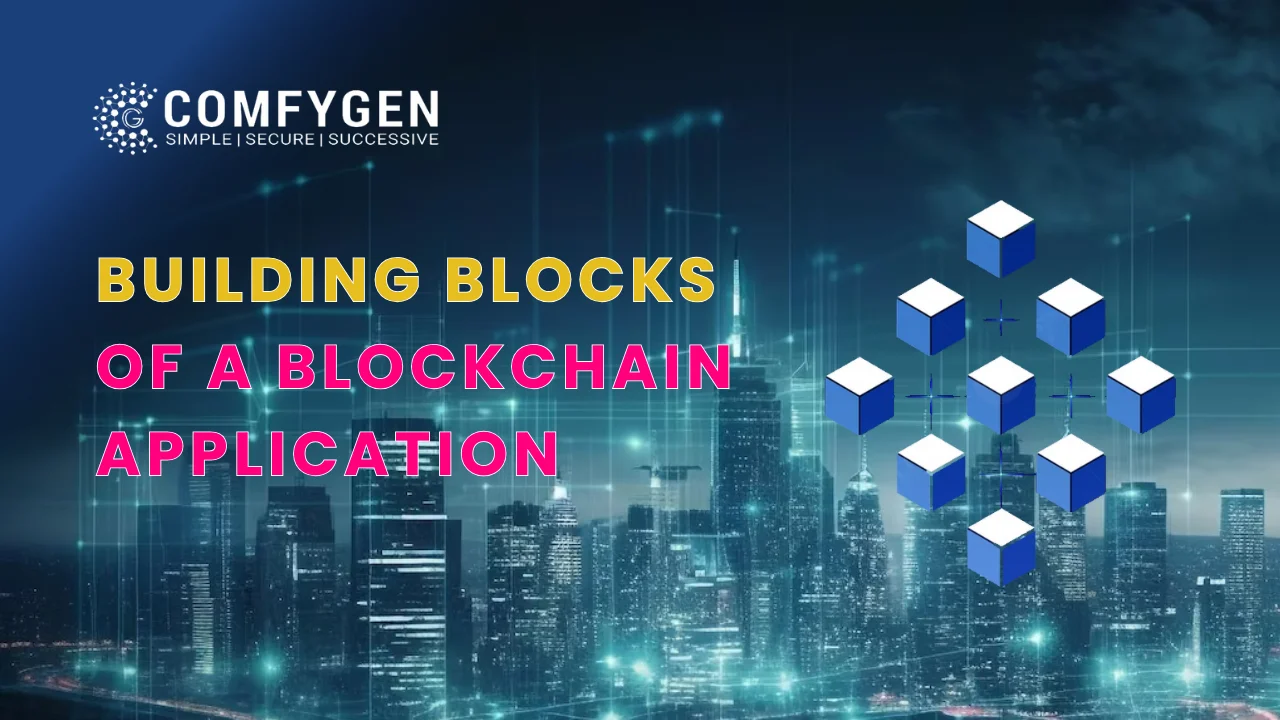
Blockchain technology has gained immense popularity due to its decentralized and immutable nature, making it a suitable choice for various applications beyond cryptocurrencies. When developing a blockchain application, several key components need to be considered to ensure its successful implementation and functionality. In this article, we will delve into the essential building blocks of a blockchain application, including creating a blockchain network, building smart contracts, interacting with smart contracts, and designing user interfaces and the front end.
Creating a Blockchain Network:
Creating a blockchain network is the foundational step in developing a blockchain application. A blockchain network consists of nodes, which are individual participants in the network that maintain a copy of the distributed ledger. There are different types of blockchain networks, including public, private, and consortium blockchains. Public blockchains, like Bitcoin and Ethereum, are open to anyone and secured through consensus mechanisms like Proof of Work (PoW) or Proof of Stake (PoS). Private blockchains are restricted to authorized participants and are commonly used in enterprise settings for internal purposes. Consortium blockchains are hybrids of public and private blockchains where a group of organizations collaborate to maintain the network.
Setting up a blockchain network involves configuring nodes, choosing a consensus mechanism, and establishing network rules. This can be achieved using blockchain development frameworks like Ethereum, Hyperledger Fabric, or Binance Smart Chain. Each framework offers tools to create and manage the network’s infrastructure, ensuring secure communication between nodes and maintaining data consistency across the distributed ledger.
Building Smart Contracts:
Smart contracts automate processes and transactions, eliminating the need for intermediaries and enhancing transparency. Smart contracts are the heart of many blockchain applications, enabling functionalities like digital identity, supply chain tracking, and more.
Smart contracts are developed using programming languages specific to the chosen blockchain platform. For example, Ethereum uses Solidity, while Hyperledger Fabric employs Chaincode (usually written in Go). Developers define the contract’s logic, conditions, and actions within the code. Security is paramount when building smart contracts, as any vulnerabilities could lead to exploitation or the loss of funds. Rigorous testing, code audits, and following best practices are essential to ensuring the robustness of smart contracts.
Interacting with Smart Contracts:
Interacting with smart contracts involves sending transactions to the blockchain network to trigger the execution of contract functions. This interaction can be initiated through decentralized applications (dApps) or other components of the application. Users and other smart contracts can invoke the functions defined in the smart contract’s code.
To interact with a smart contract, users need a blockchain wallet that holds their private keys. Crypto Wallets can be browser extensions, mobile apps, or hardware devices. These wallets allow users to sign and broadcast transactions to the network. Additionally, developers create application programming interfaces (APIs) that expose the functions of the smart contract, enabling seamless integration with the front end of the application.
Designing User Interfaces and Front-Ends:
While the blockchain network and smart contracts handle the backend logic and data storage, the user interface (UI) and front-end design are critical for the user experience. The front end is what users directly interact with, so it needs to be intuitive, responsive, and aesthetically pleasing.
Designing the front end involves creating website or mobile app screens that allow users to interact with the blockchain application. This includes interfaces for creating accounts, managing digital assets, executing transactions, and viewing data stored on the blockchain. Web technologies such as HTML, CSS, and JavaScript are commonly used to build these interfaces.
Testing and Deployment Strategies for Blockchain Applications
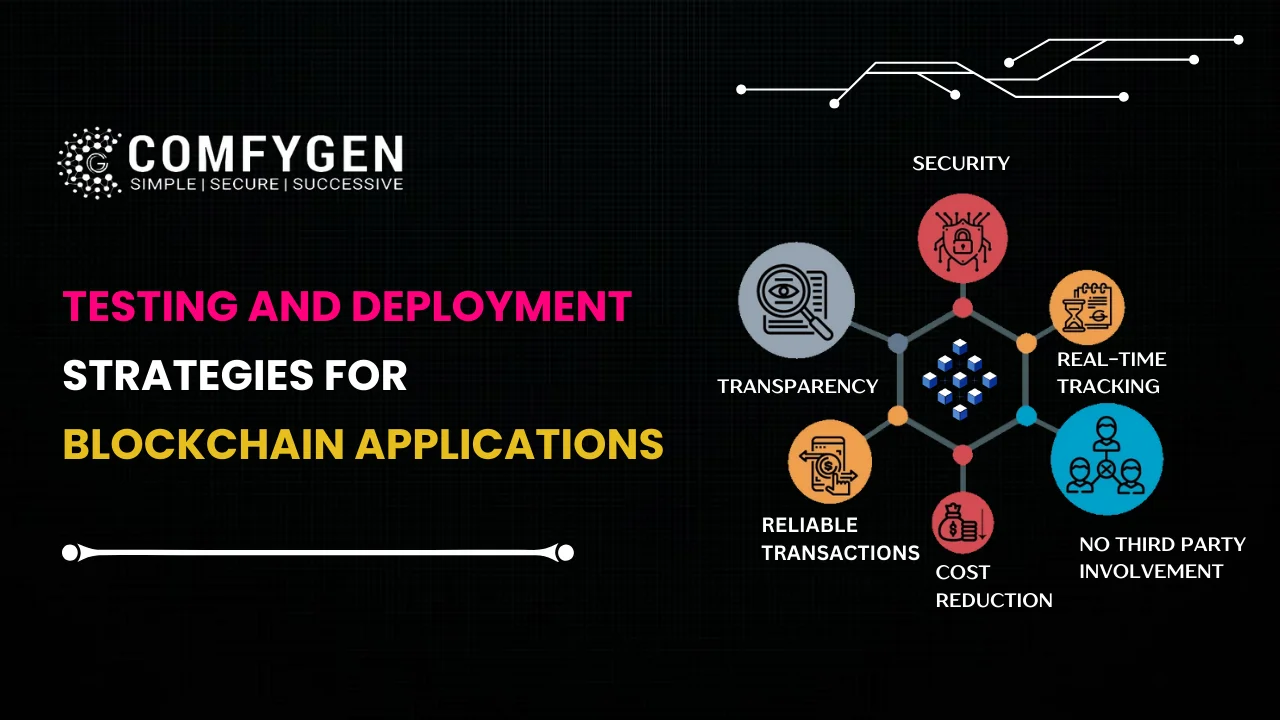
Testing and deployment strategies are critical aspects of developing a reliable and secure blockchain application. In this response, we will discuss various strategies, including unit testing smart contracts, integration testing, security audits, penetration testing, and deployment options for public and private blockchains.
Unit Testing Smart Contracts
Unit testing is a crucial step in ensuring the functionality and correctness of smart contracts. It involves testing individual components and functions of smart contracts in isolation. Developers can use testing frameworks such as Truffle and Solidity to write and execute unit tests. These tests validate the expected behavior of smart contracts under different scenarios. Unit testing helps identify and fix bugs, as well as ensure the proper execution of contract functions and handling of edge cases.
Integration Testing:
Integration testing focuses on verifying the interaction and compatibility between different components of the blockchain application. It tests the integration of smart contracts, front-end applications, external services, and any external dependencies. Integration testing ensures seamless communication and the proper functioning of the entire application stack. It also helps in identifying any issues or discrepancies that arise due to the integration of various components.
Security Audits and Penetration Testing:
Security audits and penetration testing are crucial steps in identifying and mitigating vulnerabilities in the blockchain application. Security audits involve reviewing the smart contract code and the application architecture to identify potential security risks and vulnerabilities. Specialized security auditors can perform manual code reviews and conduct automated security analyses using tools like MythX. Penetration testing simulates real-world hacking attempts to test the security of the application and uncover potential vulnerabilities. It helps ensure the robustness and resilience of the blockchain application against malicious attacks.
Deployment Options: Public vs. Private Blockchain:
When it comes to deploying a blockchain application, developers have the option of using either a public or private blockchain network.
- Public Blockchain Deployment: Public blockchains like Ethereum, Bitcoin, or Cardano offer a decentralized and transparent environment for deploying blockchain applications. They allow anyone to participate in the network and provide a high level of security due to their distributed nature. Deploying on a public blockchain provides access to a larger user base and existing infrastructure. However, public blockchains may have higher transaction fees, slower transaction speeds, and limited scalability compared to private blockchains.
- Private Blockchain Deployment: Private blockchains, such as Hyperledger Fabric, Quorum, or Corda, offer more control and privacy compared to public blockchains. They are often used for enterprise applications where confidentiality and scalability are crucial. Private blockchains allow for consensus algorithms and access control mechanisms tailored to specific use cases. Additionally, private blockchains offer higher transaction speeds and lower costs compared to public blockchains. However, private blockchains may have a smaller network size and require more effort for deployment and maintenance.
Blockchain Interoperability and Integration
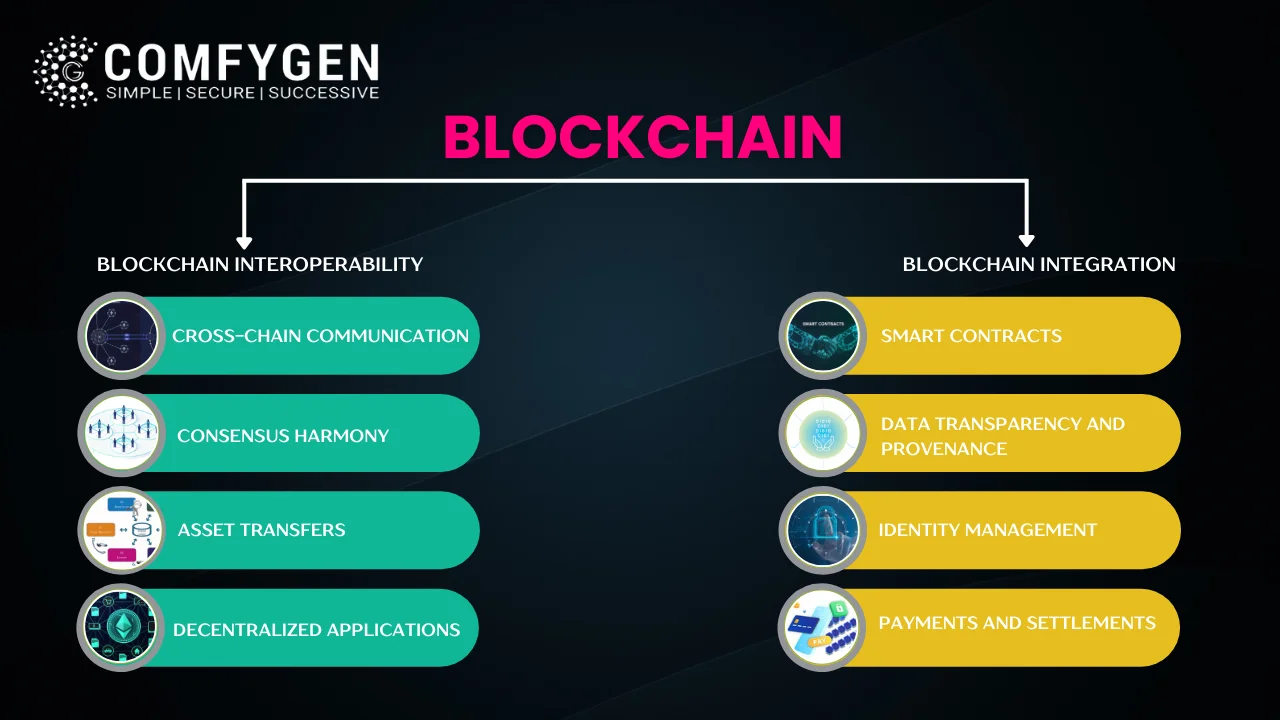
Blockchain interoperability and integration play pivotal roles in the evolution of blockchain-decentralized technologies. Interoperability refers to the seamless exchange of data and transactions across distinct blockchain networks, fostering a cohesive ecosystem. This enables various blockchains to communicate, facilitating the transfer of assets and information without the need for intermediaries. Integration, on the other hand, involves merging blockchain solutions with existing systems, amplifying efficiency and transparency. Achieving successful interoperability and integration is a complex endeavor, demanding standardized protocols, consensus mechanisms, and smart contract compatibility. As the landscape continues to diversify, establishing robust connections between blockchains will be instrumental in unlocking the full potential of decentralized applications and ushering in a new era of interconnected digital services.
Interoperability Standards:
Various blockchain projects and protocols have been developed to address this need for interoperability. Some notable examples of interoperability standards include:
- Interledger Protocol (ILP): ILP is an open protocol suite designed for transferring value and data across different payment networks, including traditional financial systems and various blockchain networks. It enables interoperability between ledgers by establishing a common protocol for routing payments.
- Polkadot: Polkadot is a multi-chain network that aims to enable different blockchains to interoperate and share information through a shared security model. It allows for the creation of customizable, specialized blockchains (parachains) that can communicate with each other.
- Cosmos: Similar to Polkadot, Cosmos is a network of interconnected blockchains that can communicate and share data. It uses a hub-and-spoke architecture, with a central hub blockchain (the Cosmos Hub) facilitating communication between different blockchains (zones).
These interoperability standards facilitate cross-chain transactions, asset transfers, and data sharing, enabling developers to leverage the strengths of different blockchains while maintaining compatibility.
Oracles and Data Feeds:
Blockchain networks operate in isolation from external data sources, and this isolation can be a limitation for applications that require real-world data. Oracles are specialized services that provide blockchain networks with external data and information. They act as bridges between blockchain networks and off-chain data sources, making it possible to trigger smart contract executions based on real-world events.
Oracles can provide data on various parameters, such as market prices, weather conditions, sports scores, and more. They play a crucial role in enabling blockchain applications to interact with the external world and automate actions based on predefined conditions.
Integration with Existing Systems and Infrastructure:
Integrating blockchain technology with existing systems and infrastructure is a significant challenge, especially in enterprise settings. Many organizations have established systems and processes that need to be compatible with how to develop a blockchain solution. Several strategies can be employed to achieve successful integration:
- APIs and Middleware: Organizations can develop APIs and middleware that act as bridges between blockchain networks and existing systems. These APIs facilitate data exchange and enable interactions between different technology stacks.
- Hybrid Solutions: Hybrid solutions combine traditional centralized systems with blockchain technology. This gradual approach allows organizations to migrate certain functionalities to blockchain while maintaining compatibility with existing systems.
- Private and Consortium Blockchains: Private and consortium blockchains can be used to create controlled environments for integrating blockchain technology within specific industries or organizations. These networks can be customized to meet the requirements of existing systems.
- Tokenization: Blockchain-based tokens can represent real-world assets or value. By tokenizing existing assets, organizations can integrate blockchain into their operations and benefit from increased transparency and security.
Integration requires careful planning, thorough testing, and collaboration between blockchain developers and domain experts from various industries. Ensuring data consistency, security, and efficient communication between different components is essential for successful integration.
Security and Risk Considerations in Blockchain Development
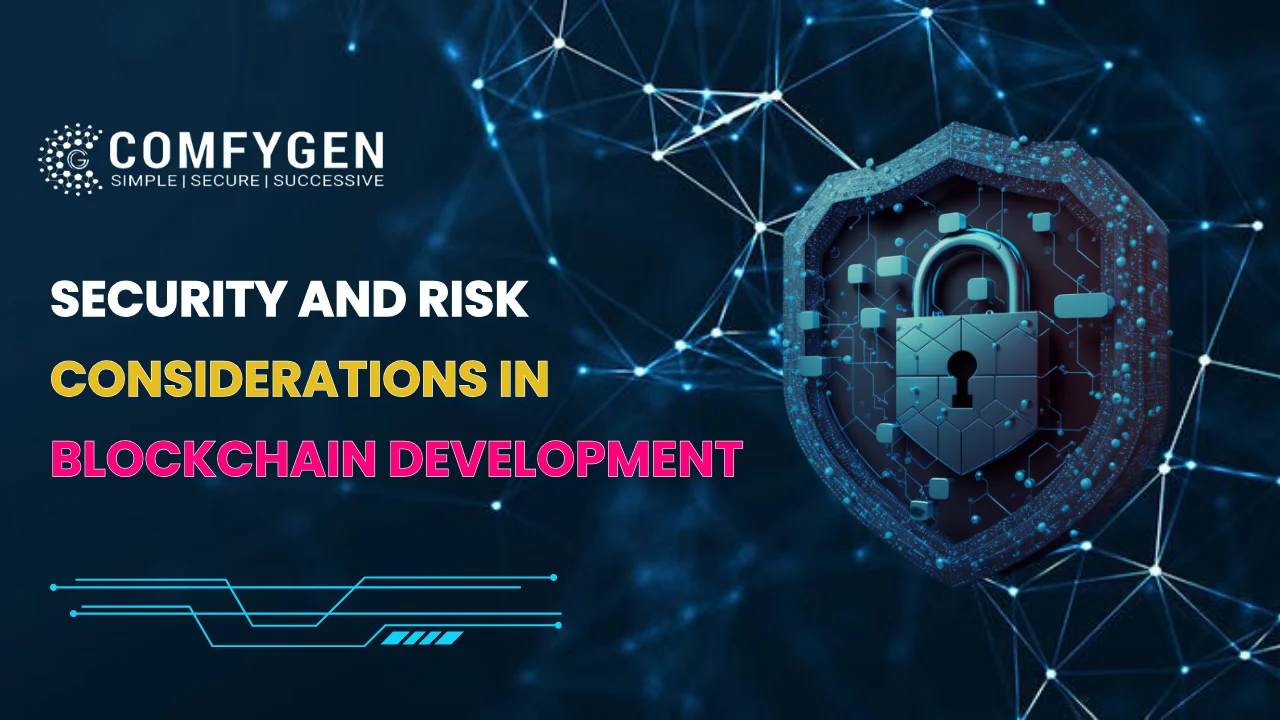
Blockchain technology offers exciting possibilities, but it also introduces a range of security challenges and risks that developers must address to ensure the integrity, confidentiality, and availability of systems. Here, we delve into key aspects of security in blockchain development, including vulnerabilities, secure key management, compliance, regulations, privacy, and confidentiality.
Addressing Vulnerabilities and Attacks:
Developers must be vigilant against vulnerabilities and attacks in blockchain systems. Smart contract vulnerabilities, such as reentrancy and arithmetic overflow, can lead to exploits. Regular code audits, testing, and peer reviews are essential to mitigating these risks. Additionally, the consensus mechanism must be chosen carefully, considering the security of Proof of Work (PoW), Proof of Stake (PoS), or other mechanisms.
Blockchain networks are susceptible to various attacks, like 51% attacks, where a malicious entity gains control of the majority of the network’s computing power. Implementing consensus algorithms that require significant resources to compromise helps prevent such attacks.
Secure Key Management:
Private keys are the foundation of blockchain security. Developers must implement robust key management practices to protect users’ digital assets. Hardware wallets, secure key storage, and multicurrency wallets enhance security. Techniques like a key derivation from a mnemonic phrase and hierarchical deterministic wallets aid in secure key generation.
Key sharing and recovery mechanisms should be designed with care to avoid creating a single point of failure. Regularly educating users about secure key management practices is vital to preventing unauthorized access.
Compliance and Regulations:
Blockchain projects must navigate complex legal and regulatory landscapes. Compliance with anti-money laundering (AML) and know-your-customer (KYC) regulations is crucial, especially for projects involving cryptocurrencies and token sales. Geographical differences in regulations further complicate matters.
Developers need to integrate necessary compliance measures into their projects, ensuring they align with relevant laws and regulations. Collaboration with legal experts can help ensure compliance throughout the development lifecycle.
Privacy and Confidentiality:
While blockchains offer transparency, privacy is essential, especially in enterprise and financial applications. Public blockchains reveal transaction details to all participants, challenging confidentiality. Techniques like zero-knowledge proofs (ZKPs) and ring signatures enable private transactions.
Developers must evaluate the privacy requirements of their project and choose appropriate privacy-enhancing technologies. Implementing privacy features without compromising security is a delicate balance.
Blockchain systems should also consider off-chain data storage for sensitive information, keeping private data off the public ledger. Solutions like state channels and sidechains provide scalability while preserving privacy.
Future Trends and Challenges in Guide on Blockchain Software Development
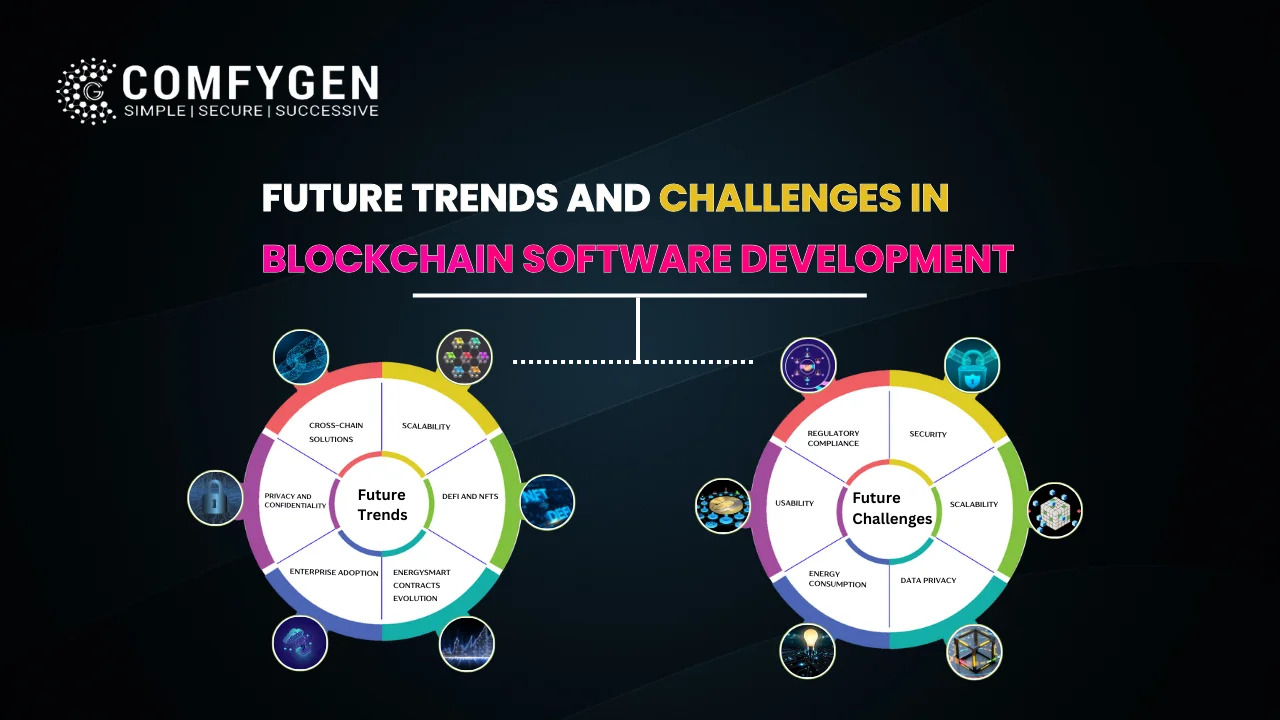
Blockchain technology continues to evolve, bringing forth both promising trends and complex challenges. As the field matures, developers must navigate issues related to scalability, integration with emerging technologies, governance, legal frameworks, and user adoption. Let’s explore these key aspects in the context of Guide on Blockchain Software Development.
Scalability and Performance Improvements:
Scalability remains a central concern in blockchain development. Traditional blockchains like Bitcoin and Ethereum face limitations in terms of transaction throughput and confirmation times. As applications grow, these limitations become more apparent.
Developers are exploring various solutions, including layer 2 scaling solutions like the Lightning Network and sidechains. Additionally, newer consensus algorithms such as Proof of Stake (PoS) and delegated Proof of Stake (dPOS) aim to enhance scalability while maintaining security.
Efforts to optimize blockchain protocols, increase block sizes, and implement sharding techniques are ongoing, with the goal of achieving higher transaction speeds without compromising security or decentralization.
Integration with AI and IoT:
The convergence of blockchain with Artificial Intelligence (AI) and the Internet of Things (IoT) development holds transformative potential. Blockchain’s tamper-proof nature and data integrity align well with the data security requirements of IoT devices. Decentralized networks could facilitate secure data exchange and automated decision-making.
Combining AI and blockchain can lead to improved data analytics, prediction models, and fraud detection. AI-powered smart contracts could autonomously execute based on real-world data, enhancing efficiency and trust in various industries.
However, integrating these technologies requires addressing interoperability challenges, data privacy concerns, and optimizing resource consumption for IoT devices.
Governance and Legal Frameworks:
Decentralization introduces governance complexities. As blockchain ecosystems grow, decisions about protocol upgrades, network changes, and dispute resolution become critical. Striking a balance between decentralization and effective decision-making is challenging.
Governance models range from on-chain voting to off-chain governance committees. Stricter legal and regulatory scrutiny demands adherence to evolving laws surrounding digital assets, Initial Coin Offerings (ICOs), and tokenized assets.
Developers must create governance frameworks that promote inclusivity, transparency, and adaptability while ensuring compliance with evolving legal landscapes.
User Adoption and Education:
Blockchain’s potential is often limited by the gap between technology and user understanding. Mass adoption requires user-friendly interfaces, seamless onboarding processes, and educational resources.
Developers should focus on simplifying wallet management, and transaction processes, and interacting with smart contracts. Intuitive interfaces and an enhanced user experience are crucial for attracting mainstream users.
Cryptocurrency Exchange Development and blockchain Development concepts can be complex, deterring newcomers. Developers must bridge this knowledge gap by creating accessible resources, tutorials, and engaging content to empower users.
Conclusion
The Blockchain Software Development Guide provides a comprehensive understanding of the intricate world of blockchain technology. Covering fundamental concepts, architecture, and practical implementation, An Insider’s Guide to Blockchain App Development serves as a valuable resource for both beginners and experienced developers. The guide emphasizes the transformative potential of blockchain across various industries, highlighting its role in enhancing security, transparency, and efficiency. As the technology continues to evolve, a strong foundation in blockchain development company is crucial for staying relevant in the digital landscape. With this Blockchain Software Development Company Guide as a roadmap, developers are well-equipped to explore new horizons and contribute to the ongoing innovation in the field of blockchain technology.
FAQ
